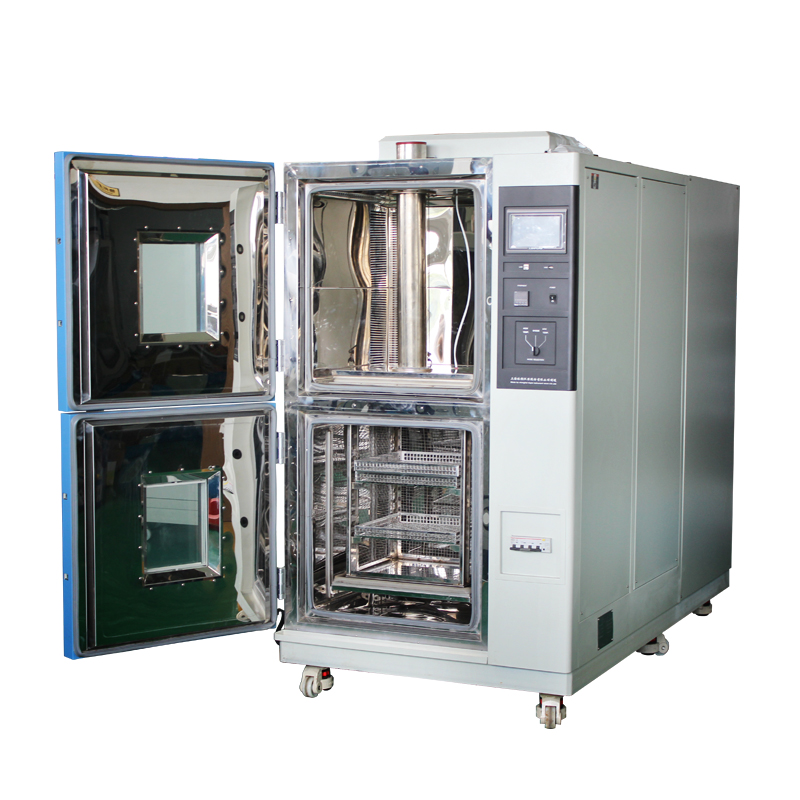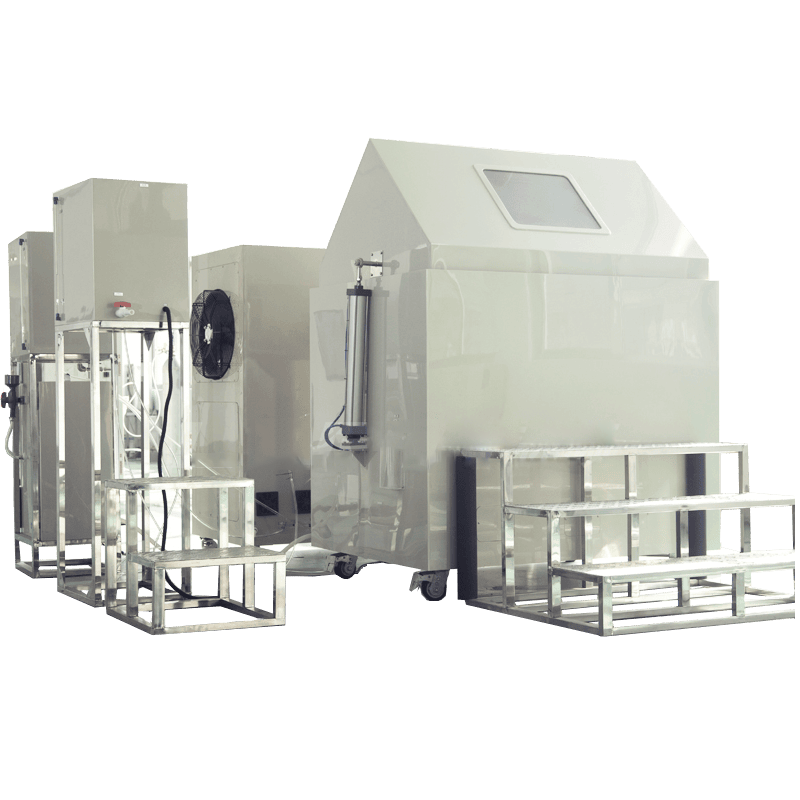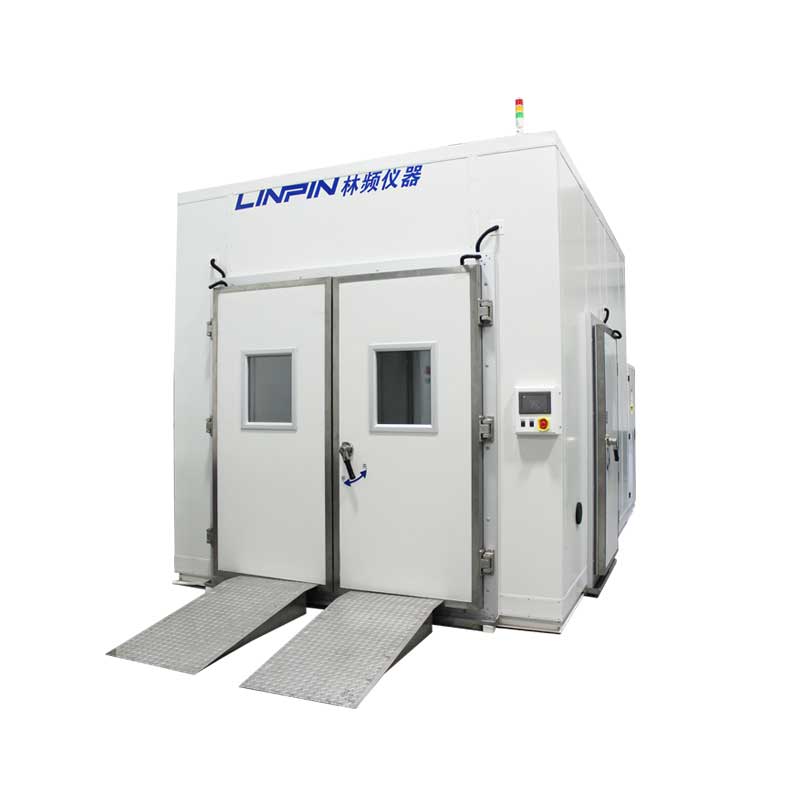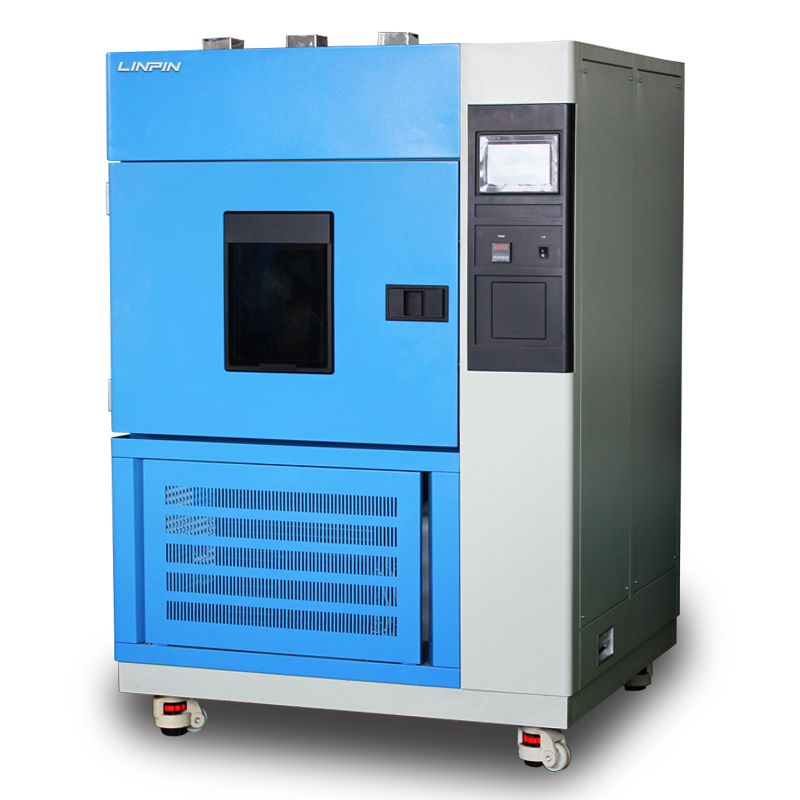The Role of Thermal Shock Chambers in High-Tech Product Development
Author:LINPIN Update Time:2025-06-30 Source:LINPINIn today’s high-tech product development, reliability and stability are more critical than ever. To ensure new products perform under extreme environmental conditions, thermal shock chambers play an indispensable role as a vital testing tool. Below, we explore the key functions of thermal shock chambers in high-tech R&D.
1. Bridging Theory and Practice
Thermal shock chambers simulate extreme temperature environments, allowing researchers to assess product stability under rapid thermal changes. Many high-tech devices experience sudden temperature shifts in real-world applications—for example, electronic products transitioning from high-heat operation to a cooled environment. These chambers rapidly switch between extreme temperatures, precisely replicating real-world stress conditions.
2. Validating Material Reliability
Material stability is crucial in high-tech products. Thermal shock chambers conduct multiple cyclic tests to evaluate how materials expand and contract under varying temperatures, assessing their durability and dependability. This is particularly vital for developing electronic components, optical materials, and composite structures.

3. Enhancing Market Competitiveness
Rigorous testing in thermal shock chambers helps R&D teams identify and resolve potential issues early. By reducing failure rates post-launch, companies can improve user experience and strengthen market competitiveness. As consumer expectations for quality rise, high-tech firms must leverage thorough testing to meet—and exceed—these demands.
4. Ensuring Compliance with Industry Standards
Many industries impose strict environmental adaptability requirements, making thermal shock testing a mandatory step. With detailed test reports and data analysis, companies can verify compliance with relevant standards, increasing their chances of successful market entry.
5. Accelerating Development Cycles
While thermal shock testing may seem to add workload during R&D, it ultimately helps teams detect flaws early, minimizing late-stage modifications. This efficiency shortens the overall development timeline, enabling faster product launches.
Conclusion
Thermal shock chambers are essential in high-tech product development—not only for verifying reliability but also for boosting competitiveness, ensuring regulatory compliance, and speeding up innovation. Amid fierce market competition, high-tech companies must prioritize their use to build a solid foundation for future growth. Whether in startups or global tech giants, thermal shock chambers remain an indispensable R&D asset. Let’s embrace advanced testing technologies to drive continuous progress and breakthrough innovations.





